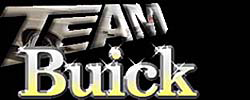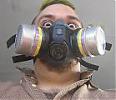who rebuilt the engine? did they know that Buicks require much tighter tolerances?
what pressures are you running? a Buick should have about 10lbs per 1000rpm.
my father wants to know what kind of a cam are you running, the factory stage 1 or a bigger aftermarket cam?
the only thing he can think of that you might be taking for a 'push rod sleeve' would be if the lifter came apart and pieces of it were coming up around the push rod.
i have seen it mentioned before that all hydraulic lifters, new or not, should be disassembled and checked for metal/shavings before being installed.
big cams will beat up the rockers after a while. 2000mi is really short though.
The way to crush the bourgeoisie is to grind them between the millstones of taxation and inflation.
Vladimir Lenin
Government schooling is about "the perfect organization of the hive."
H.H. Goddard, Human Efficiency (1920)
Thanks






 70 Volkwagen Bus Type II
70 Volkwagen Bus Type II
 If you would llike to place an image of your car in your signature,
If you would llike to place an image of your car in your signature,  WEBNOTE: When inserting an email in a posting, use the "smilie" @ so that web robots don't pick up your address and send you more junk mail!
WEBNOTE: When inserting an email in a posting, use the "smilie" @ so that web robots don't pick up your address and send you more junk mail!
Bookmarks